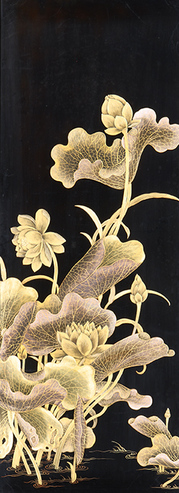Now this is the difference between the way something is covered in Discovery News, and the way it’s covered in a British tabloid, the Daily Mail.
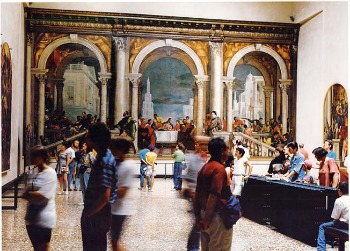 The subject is the consumption of culture — going to museums and attending concerts, etc. — and Discovery’s headline ran: Cultured People Feel Less Stress.
The subject is the consumption of culture — going to museums and attending concerts, etc. — and Discovery’s headline ran: Cultured People Feel Less Stress.
The Mail, on the other hand, wrote Looking for the ideal man? Try the Nearest Museum or Art Gallery, Say Health Experts.
Actually, the Mail’s story was a little more complete. So let me quote from it:
…men who regularly indulge in cultural activities are likely to be in better shape, both mentally and physically, than those who do not, according to a study.
Going to the theatre, concerts and even the cinema results in a range of benefits for men, including less depression and anxiety.
Women also benefit, but not to the same degree, says the largest study of its kind.
The study, led by Koenraad Cuypers of the Norwegian University of Science and Technology, analyzed information from 50,797 adults who live in Norway’s Nord-Trondelag County. It was published in the British Medical Association’s Journal of Epidemiology and Community Health.
There’s another difference between the male and female benefits, now quoting Discovery:
For men, passive activities such as taking in a concert or museum exhibition are associated with an upbeat mood and better health, it found.
For women, though, the link is active, in that they were less likely to feel anxious, depressed or feel unwell if they played music or created art.
I can imagine the difference in the way men and women are interpreting those results.
Is there a lesson in marketing here? There may be. Per Discovery:
The results indicate that the use of cultural activities in health promotion and healthcare may be justified,” they conclude.
As extensive as it is, this is just one study — and it’s not clear to me that people everywhere would feel the same as Norwegians do. There’s also a cause-and-effect question — does cultural consumption lead to happiness or does happiness cause people to seek culture?
Still, given the male gap in arts-going, this kind of thinking might be looked at as an opportunity.
Photo Credit: Courtesy Thomas Struth, Gallerie dell Accademia, Venice

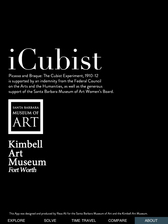
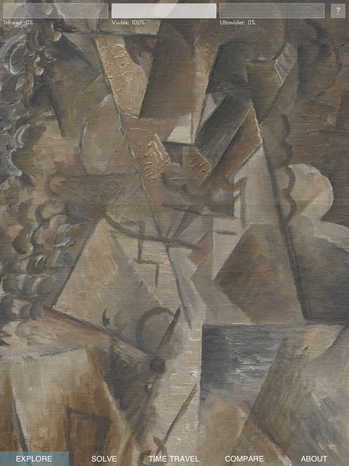
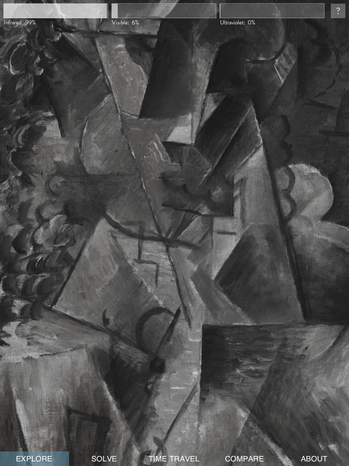
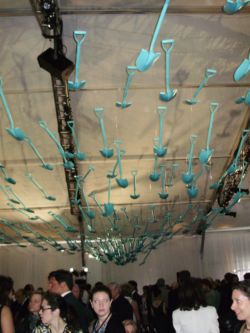 For one, I stopped in at the Gagosian gallery exhibition,
For one, I stopped in at the Gagosian gallery exhibition, 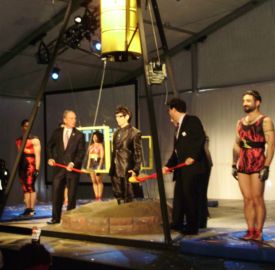 The whole thing struck me as more of a pep rally than a groundbreaking. Several people received standing ovations for being introduced (e.g. the founder’s granddaughter, Flora Miller Biddle), and Weinberg got a lot of foot-stomping, too. Everyone mentioned that the Whitney was returning to its roots downtown, which — after a while — sounded more like people trying to convince themselves than that they believed it now.
The whole thing struck me as more of a pep rally than a groundbreaking. Several people received standing ovations for being introduced (e.g. the founder’s granddaughter, Flora Miller Biddle), and Weinberg got a lot of foot-stomping, too. Everyone mentioned that the Whitney was returning to its roots downtown, which — after a while — sounded more like people trying to convince themselves than that they believed it now. 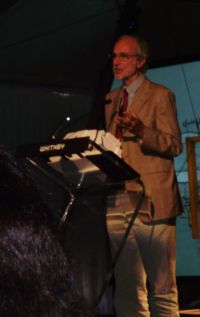 Still, I may rue this day, but I’m going out on a limb regarding the architecture: Piano’s design, based on the drawings and sketches I’ve seen, look pretty good (though that clunky model Piano is holding at right gives me pause) for the display of art. I have disliked many of his more recent museum projects — the Morgan Library expansion, LACMA’s Resnick pavillion, etc. The Art Institute of Chicago is having problems with its Modern wing, and we still have to see about the expansion of the Isabella Stewart Gardner, which opens next year.
Still, I may rue this day, but I’m going out on a limb regarding the architecture: Piano’s design, based on the drawings and sketches I’ve seen, look pretty good (though that clunky model Piano is holding at right gives me pause) for the display of art. I have disliked many of his more recent museum projects — the Morgan Library expansion, LACMA’s Resnick pavillion, etc. The Art Institute of Chicago is having problems with its Modern wing, and we still have to see about the expansion of the Isabella Stewart Gardner, which opens next year. 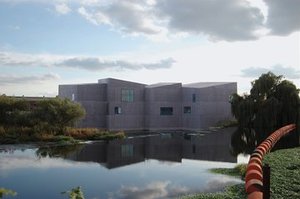
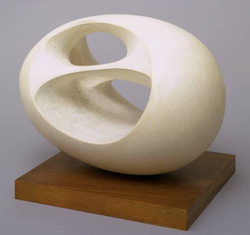
 This is the same show that recently left the Metropolitan Museum and previously drew crowds at the Peabody Essex Museum. But Ai Weiwei’s arrest had not yet occurred when those exhibits opened. Coming last on the tour, MAM has had ample time to consider its position — and do to something.
This is the same show that recently left the Metropolitan Museum and previously drew crowds at the Peabody Essex Museum. But Ai Weiwei’s arrest had not yet occurred when those exhibits opened. Coming last on the tour, MAM has had ample time to consider its position — and do to something. 